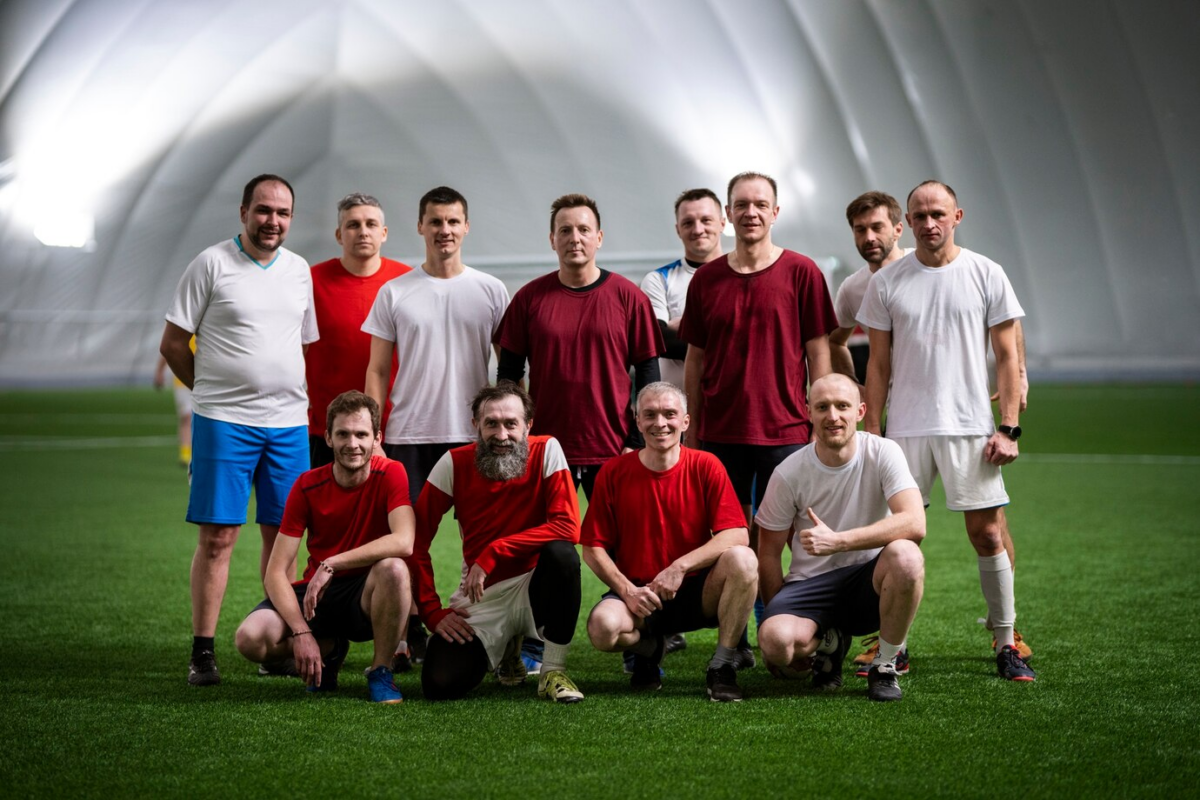In the rapidly changing world of sports, smart sensor technology is transforming the game. These are intelligent gadgets that follow the movements and positions of players in real-time, providing coaches with the information required to change team formations dynamically during matches. In addition to improving tactical decision-making, this innovation also enhances overall team performance, thus making games more thrilling and competitive.
The Technology Underlying Smart Sensors
GPS sensors, accelerometers and gyroscopes are combined to make smart sensors in sports. Each player’s movement across the field is identified by GPS sensors, whereas accelerometers measure their speed as well as direction of motion. Gyroscopes, on their part, detect shifts in a player’s orientation and balance.
Coaches can see how the whole team behaves moment by moment with these devices, hence enabling them to make fast decisions based on facts during the course of play. For those who follow the games closely, the MelBet app offers a dynamic way to engage with sports by allowing fans to place bets on the players and actions they analyse from these advanced metrics.
Advantages of Smart Sensors in Sports
Team sports benefit greatly from having smart sensors around, but let’s look at it from another angle:
- Improved tactical execution: Real-time input enables more informed strategic changes, leading to better moves.
- Enhanced player performance: Monitoring where energy is spent ensures everyone operates at maximum capacity.
- Prevention of injuries: Coaches can step in before players get hurt by observing tiredness levels.
- Data-driven decision-making process: Coaches armed with solid facts tend to make better choices faster.
Using smart sensors not only improves how teams play but also promotes scientific coaching methods while ensuring safety for all involved based on the well-being indicators of individual participants.
Applications in Different Sports
Smart sensors have made a major impact on various team games. Football, basketball, and rugby are among the sports that utilize these gadgets to give instantaneous player positions, which enable them to perfect their formations. Every sport has a different advantage, but improved tactics and player performance remain common themes.
Case Study: Football
Let’s examine a football team that has adopted smart sensor technology. This team provided its players with GPS trackers and accelerometers during training sessions and matches. The sensors gather live information on player positions and movements, data which was used by the coaching staff to make tactical tweaks in real-time.

For example, coaches could effect quick changes of personnel or alterations in formation if they identified that a player was out of place or tired. The outcome was increased operationalism at the strategy level within the team, as well as fewer injuries due to better management of fatigue. Post-match analysis was also aided by the knowledge acquired here because it enabled the development of more effective training programmes for each individual player based on their needs.
Improvements in Basketball
Smart sensors are also helping basketball teams. These can optimize how players position themselves and coordinate on the court. The devices track different points such as swiftness, jump height, covered distance, etc. The figures enable the trainers to come up with better strategies while ensuring that their wards are at the best spots for defense or attack.
If a coach realises from one of these that his player is tired, he may substitute him with another member so as not to lower the performance levels of the whole team at any given time. Additionally, this information aids them in planning training sessions that target specific areas identified by the same details gathered during games, thereby producing desirable results and safeguarding against injuries through physically overworking individuals.
Integration in Conjunction with Coaching Tactics
Tactical planning is being enhanced by coaches who are using smart sensors at an increasing rate. During games, these devices offer insights on the spot, thus enabling the coaches to change formations and strategies instantly. For example, if there are gaps in defence as shown by the data from the current team’s formation, weak points can be strengthened through the quick rearrangement of player positions by the coach.
It is this immediate feedback loop that enables accurate tactical shifts to be made to keep teams competitive. Coaches further customize training sessions post-match using this information to work on specific areas where players need improvement while also developing strategies for overall team performance enhancement.
Challenges and Limitations
Despite their many benefits, smart sensors have some challenges, such as:
- Data accuracy: Getting reliable data consistently may prove difficult, especially during fast-paced sports events.
- Privacy concerns: It is important that players’ information is handled responsibly and securely so as not to breach trust.
- Overreliance on technology: Coaches’ invaluable intuition and experience might get overshadowed if too much reliance on figures occurs.
- Costs and accessibility: This technology may remain out of reach for most teams due to its high-cost implications, particularly smaller or less funded ones.

Nevertheless, despite these barriers, the advantages of deploying intelligent sensing systems within sports cannot be ignored. They present an entirely new level of data-driven insights that can greatly improve team strategies and performance.
Conclusion
Real-time information provided by smart sensor technology has transformed decision-making processes as well as strategies used in team games. Even though we still need to overcome certain difficulties, there is no doubting its potential for transforming both management approaches within teams themselves. Game plans overall will become more data-driven and thus effective methods of conducting sports.

